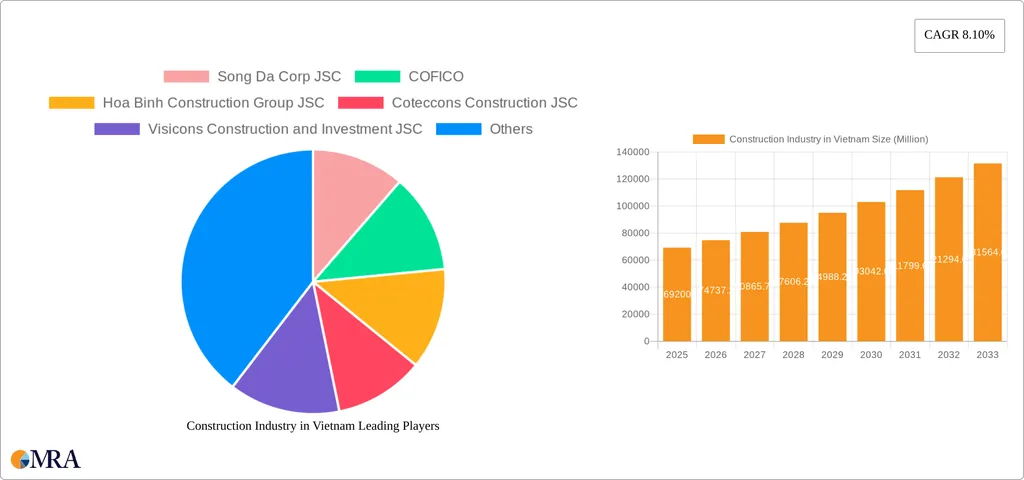Vietnam’s construction industry is poised for sustained growth, with the government’s infrastructure and housing investments driving an expected 8% real growth in 2025. This momentum is set to continue, with an average annual growth of 6.9% from 2026 to 2029, as the country ramps up its transport, housing, and energy infrastructure.
The recent announcement of a $2.6 billion Liquefied Natural Gas (LNG) power project in Thai Binh underscores the country’s commitment to expanding its energy infrastructure. The 1.5GW power plant, set to commence construction in the fourth quarter of 2025, will significantly bolster Vietnam’s power generation capacity. This project is part of a broader strategy to address the country’s growing energy demands and reduce its reliance on traditional energy sources.
The Ministry of Industry and Trade’s revised Power Development Plan VIII (PDP8) outlines ambitious targets for renewable energy, aiming for a substantial increase in solar and wind power capacity by 2030. The plan also reintroduces nuclear power, with Ninh Thuan 1 and 2 expected to operate from 2030 to 2035. This shift towards diversified energy sources is likely to spur significant investment and development in the energy and utilities sector.
The government’s focus on developing transport and housing infrastructure will also drive growth in the construction industry. Addressing traffic issues and housing deficits will require substantial investment and could lead to the development of new urban areas and the expansion of existing ones. This, in turn, will create opportunities for commercial and residential construction projects.
The construction industry’s growth will be supported by a robust pipeline of mega-projects, with significant spending expected on projects across various sectors. The development of these projects will not only drive economic growth but also create jobs and stimulate demand for related services and materials.
The implications for the market are profound. The construction industry’s growth will likely attract both domestic and foreign investment, fostering competition and innovation. The focus on sustainable and renewable energy sources could position Vietnam as a leader in the region’s energy transition. Moreover, the development of transport and housing infrastructure could enhance the country’s competitiveness and improve the quality of life for its citizens.
However, challenges remain. The construction industry will need to navigate regulatory pressures and manage the risks associated with large-scale projects. Additionally, the shift towards renewable energy will require significant investment and technological advancements.
In conclusion, Vietnam’s construction industry is on a trajectory of sustained growth, driven by the government’s infrastructure and housing investments. The focus on renewable energy and the development of mega-projects will shape the sector’s development, presenting both opportunities and challenges. As the industry evolves, it will be crucial for stakeholders to adapt and innovate to capitalize on these trends.

